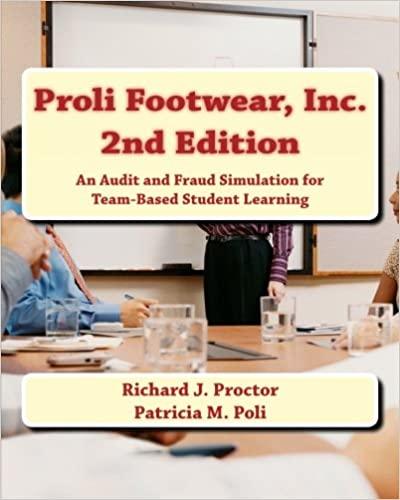Question
2.) Cost-based physical and book systems have significant disadvantages. What are these disadvantages, and what steps might a retailer take to overcome them? Which types
2.) Cost-based physical and book systems have significant disadvantages. What are these disadvantages, and what steps might a retailer take to overcome them? Which types of retailer are more likely to use them?
7.) Present two situations in which it would be advisable for a retailer to take a markdown instead of carrying over merchandise from one budget period to another.
8.) A retailer has yearly sales of $900,000. Inventorying- January 1 is $360,000 (at cost). During the year, $660,000 of merchandise (at cost) is purchased. The ending inventory is $325,000 (at cost). Operating costs are $90,000. Calculate the cost of goods sold and net profit and set up a profit-and-loss statement. There are no retail reductions in this problem.
10.) The sales of a specialty store are listed. Calculate the monthly sales indexes. What do they mean?
January $300,000 July August September October November December 270,000 330,000 360,000 300,000 390,000 510,000
12.) The store in Questions 10 and 11know sits cost complement for all merchandise purchased last year was 0.61; it projects this to remain constant. It expects to begin and end December with inventory valued at $140,000 at retail and estimates December reductions to be $18,000. The firm already has purchase commitments for December worth $50,000 (at retail). What is the open-to-buy at cost for December?
Step by Step Solution
There are 3 Steps involved in it
Step: 1

Get Instant Access to Expert-Tailored Solutions
See step-by-step solutions with expert insights and AI powered tools for academic success
Step: 2

Step: 3

Ace Your Homework with AI
Get the answers you need in no time with our AI-driven, step-by-step assistance
Get Started


